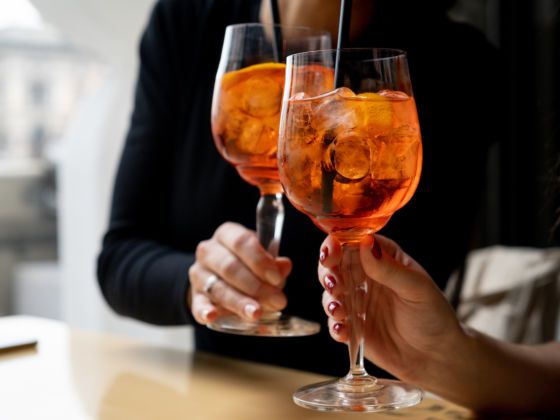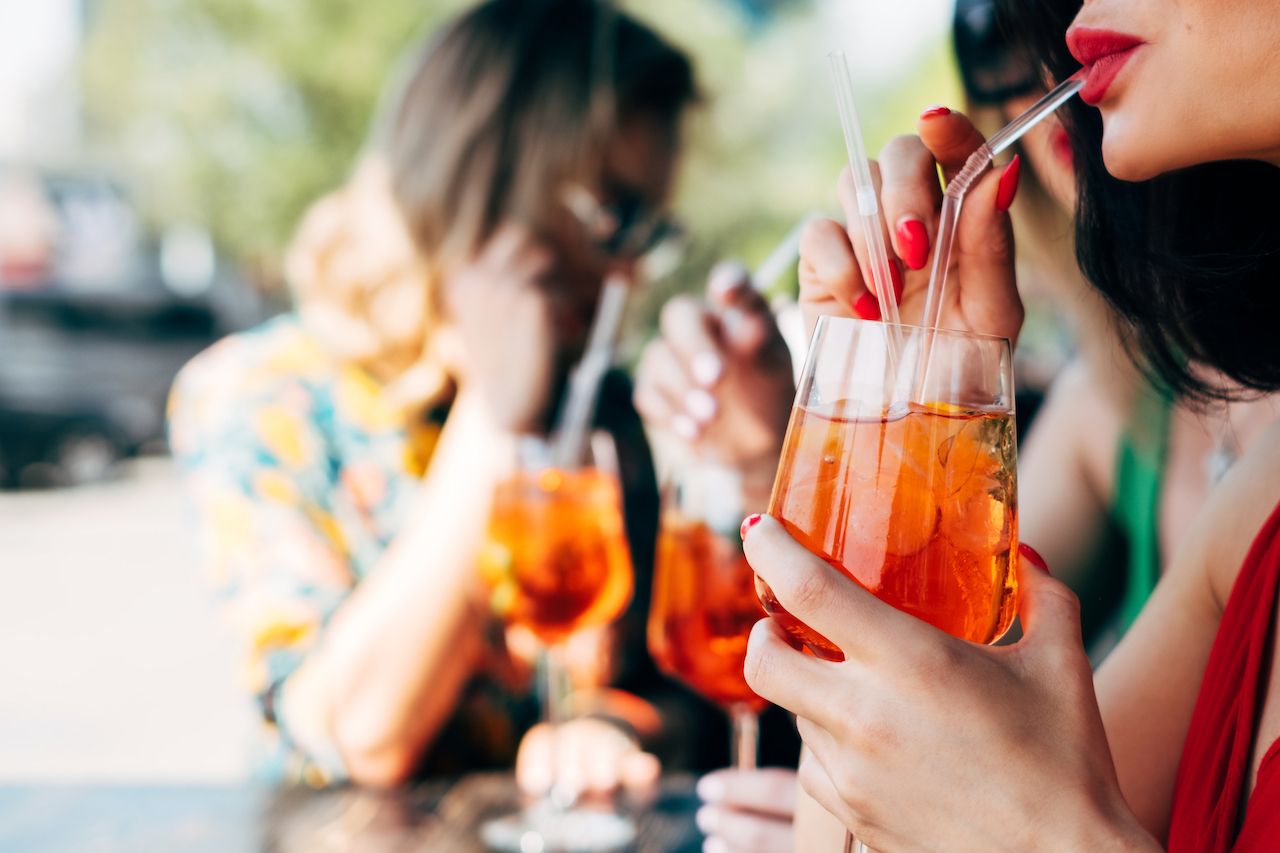Many drinkers are familiar with Italy’s beloved wine culture. Many people have also tried, ordered, or at least seen an Italian espresso or other coffee drink. What many in the United States overlook is the massive influence of spirits and liqueurs that make up Italy’s aperitivo and digestivo culture.
Admittedly, it’s not always easy to define what constitutes an aperitivo drink and what constitutes a digestivo (also commonly known stateside by the French version of the words, aperitif and digestif). The beverages widely fall between 15 and 60 percent alcohol by volume, but beer can sometimes be included as well. Aperitivi (the plural of aperitivo) generally have more acid and bitterness, though bitter amari are an important category of digestivi (the plural of digestivo). There is one clear rule, however: If you drink it as a light pre-meal drink then it’s an aperitivo, and if you linger over it after dinner with friends and family then it’s a digestivo.


